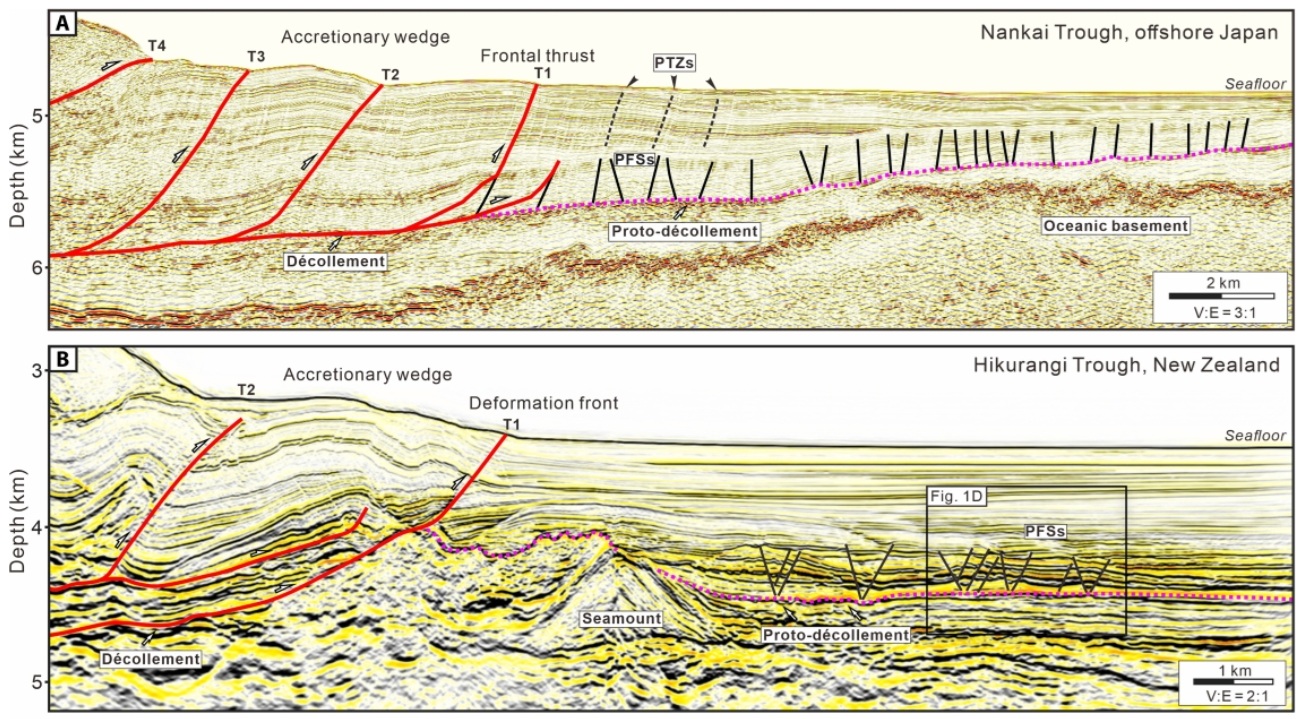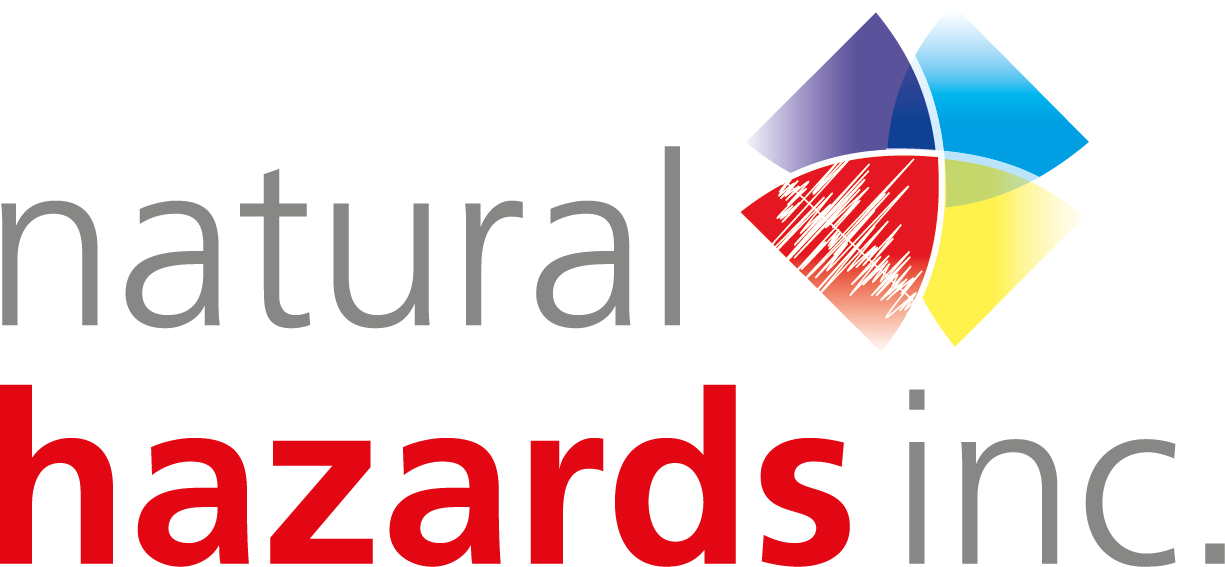Scientists have uncovered a key piece of the puzzle behind the unusual ‘slow earthquakes’ occurring off the east coast of New Zealand’s North Island.
A new international study, published in Science Advances, identifies hidden fault structures called polygonal fault systems (PFSs) as a major influence on the behaviour of the northern Hikurangi subduction zone.
These shallow geological features, found in sediments entering the subduction zone, appear to play a critical role in where and how slow slip earthquakes occur.
“This discovery helps explain why slow earthquakes occur where they do,” says Dr Philip Barnes, marine geologist at Earth Sciences New Zealand (formerly NIWA) and co-author of the study. “It also shows that these events may be influenced by the reactivation of old fault structures that formed much closer to the surface than the present depths of the subduction zone.”
In the Hikurangi subduction zone, the Pacific Plate is diving beneath the Australian Plate. While the southern section of this zone remains locked and capable of producing massive earthquakes over magnitude 8, the northern part behaves differently. It regularly produces slow slip events, movements that unfold over days to months, releasing tectonic stress without sudden shaking.
“Slow slip events do not cause violent shaking themselves, but they can increase stress on nearby faults and may trigger more damaging earthquakes. Understanding what controls them is vital to improving earthquake and tsunami warnings.”
The international study was a collaboration between researchers from China, the US, and Earth Sciences New Zealand, using data from the International Ocean Discovery Program and the high-resolution three-dimensional NZ3D seismic survey conducted off Gisborne. Using high-resolution 3D seismic imaging, deep-sea drilling data from the International Ocean Discovery Program, and advanced computer modelling, the research team was able to map out PFSs in unprecedented detail and to evaluate their role in the subduction zone.
“These faults form over millions of years during sedimentation, long before and initially away from the subduction zone. But as the seafloor is dragged into the subduction zone during the convergence of the tectonic plates, they can be reactivated and evolve into major thrust faults. Our analysis also shows they provide important pathways for fluids, which play a major role in fault slip.”
This connection between fault structure and fluid migration offers new insight into one of the key processes thought to trigger slow earthquakes. The study also confirms that these fault systems create a complex and variable structure along the megathrust, which can influence stress patterns and strain distribution.
“Until now, we lacked the imaging resolution to link these features directly to slow slip behaviour,” says Dr Barnes. “This study changes that, and gives us a new lens to better understand subduction zone dynamics.”
While scientists first identified the PFS type of fault at subduction zones 20 years ago off the southwest coast of Japan, they couldn’t determine how these complex structures influenced subduction and seismic slip, says lead author Maomao Wang, a marine geologist at Hohai University in China. "It wasn’t until we analysed these beautiful 3D seismic images that we c

 Seismic reflection profiles illustrating the frontal accretionary wedge and PFSs in Nankai Trough, Japan, and Hikurangi Trough, New Zealand. (A) Nankai Trough, offshore Japan. (B) Hikurangi Trough, New Zealand (IL 135 in NZ3D volume). (C) Locations of study areas. (D) Partial enlargement of the PFSs in (B). (E) Seismic coherence depth slice at 4396 m showing the PFSs in the incoming pelagic sequence. Seismic images in (D) and (E) are derived from the NZ3D seismic volume collected in the northern Hikurangi Margin Credit: ScienceAdvances
Seismic reflection profiles illustrating the frontal accretionary wedge and PFSs in Nankai Trough, Japan, and Hikurangi Trough, New Zealand. (A) Nankai Trough, offshore Japan. (B) Hikurangi Trough, New Zealand (IL 135 in NZ3D volume). (C) Locations of study areas. (D) Partial enlargement of the PFSs in (B). (E) Seismic coherence depth slice at 4396 m showing the PFSs in the incoming pelagic sequence. Seismic images in (D) and (E) are derived from the NZ3D seismic volume collected in the northern Hikurangi Margin Credit: ScienceAdvances
MORE POSTS
LATEST POSTS
- Discovery of hidden faults sheds light on mystery of 'slow earthquakes'
- Filling the gap- Port Taranaki tsunami gauge enhances national monitoring network
- Solomon Islands Prime Minister hosted by Wellington business
- Rain from tropical cyclones to increase under warmer climate
- Value beyond compliance- GRI’s updated Standards as a compass for meaningful climate action
- Presentation of Natural Hazards Inc at Blue Forum well received
- Ventech Systems joins Natural Hazards Inc
- Distinguished Professor David Johnston of Massey University's Joint Centre for Disaster Research has passed away
- Building Climate Resilience in the Marshall Islands
- GNS Science readying Aotearoa for the next ‘big one’
- Unusual disturbances above Antarctica bring winter north
- Aon 2024 Client Trends Report, including weather and climate analytics
- July 2024 marks 25 years of issuing the Seasonal Climate Outlook
- NIWA scientists find evidence of sediment impacts on seafloor ecosystems following Cyclone Gabrielle
- World-leading innovation recognised in Beca clients on awards night
- Egis wins at 2024 Property Awards
- Presentation on Coastal Management in the coral island setting shines a fresh light
- Beca announces a key leadership role with new Country Manager for Fiji
- Egis – 'Transitional Opportunities' presentation by Peter Ollivier on 28 March
- Resilient River Communities Quarterly Update March 2024
